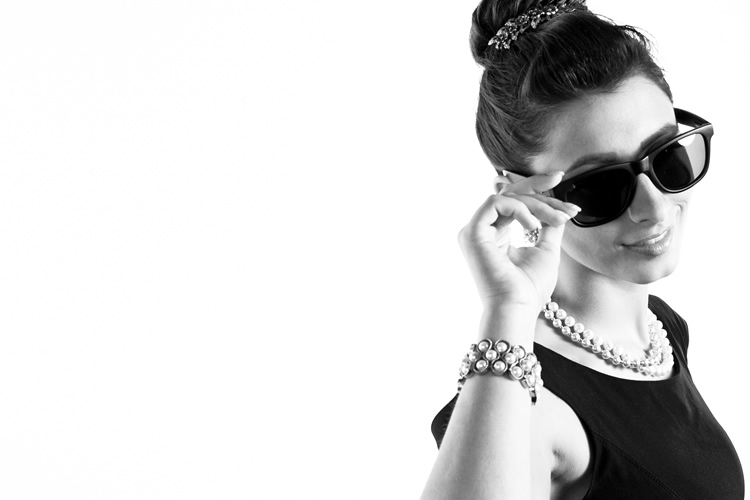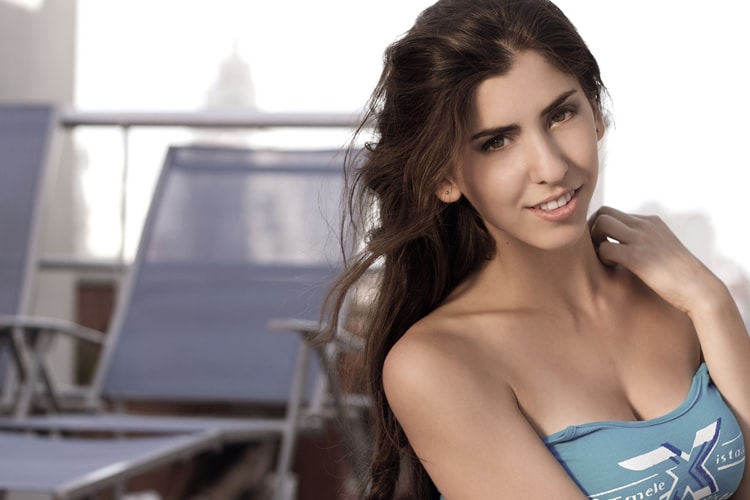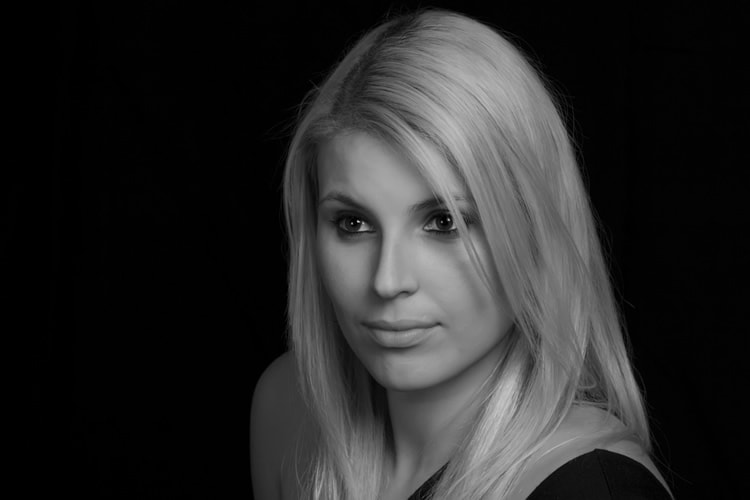How to Avoid Strange Poses by Your Subjects
Something that’s always a pet peeve for many a photographer is how subjects pose. Rather, it’s awkward poses, which may not at first seem weird when you’re looking at your subjects through your lens. However, once pictures are processed, your subjects’ poses may not appear that acceptable! How can you avoid this disconnect?
There’s got to be some way to ensure that your subjects’ poses look good even when you’re looking at the final images. Wait – there is! It’s following the best practices of posing your subjects the right way before you press that shutter button.
Let’s look at some popular techniques that you’d do good to get your subjects to follow.
Distance Between Bodies & Awkward Touching

image by Ryan Polei
Touch is usually good because it indicates warmth and nurture, but that’s when you’re talking about anything else besides a photo shoot! While it’s certainly okay to have your subjects holding hands—provided that they hold hands with a good amount of distance between their bodies – it’s no good to have them hold hands too tightly.
When your subjects hold hands too tightly, it looks like they’re a single object in your frame as opposed to two people holding hands. Ideally, you want your subjects to holds hands, if they’re going to hold hands, wider apart. This creates the true impression to viewers that you’re going for: a symbol of connection instead of one, big object all together!
It’s All in the (Facial) Expression

image by Rory MacLeod
When we talk about strange poses in a photographer’s subjects, we usually want to talk about facial expressions since they’re what people tend to see first in any image. There’s nothing worse than an awkward facial expression that can draw attention away from the entire photograph and essentially ruin it. That’s why only natural expressions should be found in your subjects.
This means no forced smiles or exaggerated expressions. Viewers can quickly identify expressions that were faked just for the shot.
It also helps if your subjects all have a consistent facial expression to aid with a sense of unity in the frame. For instance, if your Uncle Ben’s smiling, then your Aunt Sue can’t be coldly glaring at the camera. Make the most of your poses by having, for example, everyone in the frame laughing or everyone just warmly looking at each other or the camera.
Neck Creases Have to Go

image by Ray Bilcliff
Neck creases tend to occur if your subjects’ bodies are turned away from your camera, yet they’re still looking straight into the lens. These unsightly creases will be a problem, particularly in outdoor, summertime shots when temperatures are high and your subjects don’t have much clothing on them or in indoor shots where your subjects can shed clothing.
There are two ways that you can generally reduce or altogether eliminate the unsightliness of these creases.
One, you can obviously put a strategically placed scarf on your subjects or have them flip up their collars. Two, you can tell your subjects to rotate at the waist instead, as well as tinkering with the actual shooting angle.
Women and Shooting Them Square-on

image by Rob
This posing recommendation applies specifically to women because of their body size and shape. For both genders, though, shoulders are normally the widest section of the body. Therefore, shooting the shoulders square-on could very well make your subjects look really larger and bulkier than they are in real life.
While this may be appealing to men, it’s generally not for women since women want to look more graceful in photos. That’s why, with female subjects, have them turn their shoulders just slightly because this’ll narrow both their shoulders and waists, as the lines of the body get accentuated with greater detail.
Clothing and Strap Marks

image by Emelec Pasion
One thing that’s a classic posing error in photography is letting subjects pose with clothing and strap marks fully visible! You’d be surprised at how much this occurs. Visible marks of this kind imply a lack of professionalism, but they can be easily corrected.
If, for example, your subject should be donning a strapless dress for a shoot, make sure that she changes into it well before the beginning of the shoot. This will allow some time for her skin to adjust and any strap marks to dissipate.
On another note, marks from socks and other leggings on your subjects are annoying to look at as well. Again, the key is to get your subjects to remove their socks well in advance of any shoot, so that the marks are a lot less visible or not visible at all.
Of course, the older your subjects are, the longer it’ll take for their skin to adjust before a shoot, so remember that, too.
Subjects Have to Look in the Right Direction

image by Gemma Stiles
When it comes to posing in photography, there’s no such thing as subjectivity. There is a right way to look and a wrong way to look. Stop your subjects from looking the wrong way by having them face into the space of the image as opposed to directly the edge of the frame. At all costs, avoid having your subjects appear “cramped” in the shot.
Yes, this is a composition-related aspect of photography, yet you still ought to reframe shots appropriately if your subject moves in between shots and experiments with various poses. This rule becomes all the more vital if your camera’s sitting on a tripod.
Strange Poses Are a Thing of the Past
Follow all these best practices of posing science, and you will banish once and for all the various, strange poses that have dogged photographers since the beginning of time. The thing about strange poses is that they don’t have anything do to with subjectivity.
If your subjects look off in even a small way, even the least discerning viewer is going to home in on that when glancing at your photo.
So do yourself a favor: Avoid strange poses by any means necessary. You’ll look good, your subjects will look great, and everyone is a winner at the end of the photo shoot.
